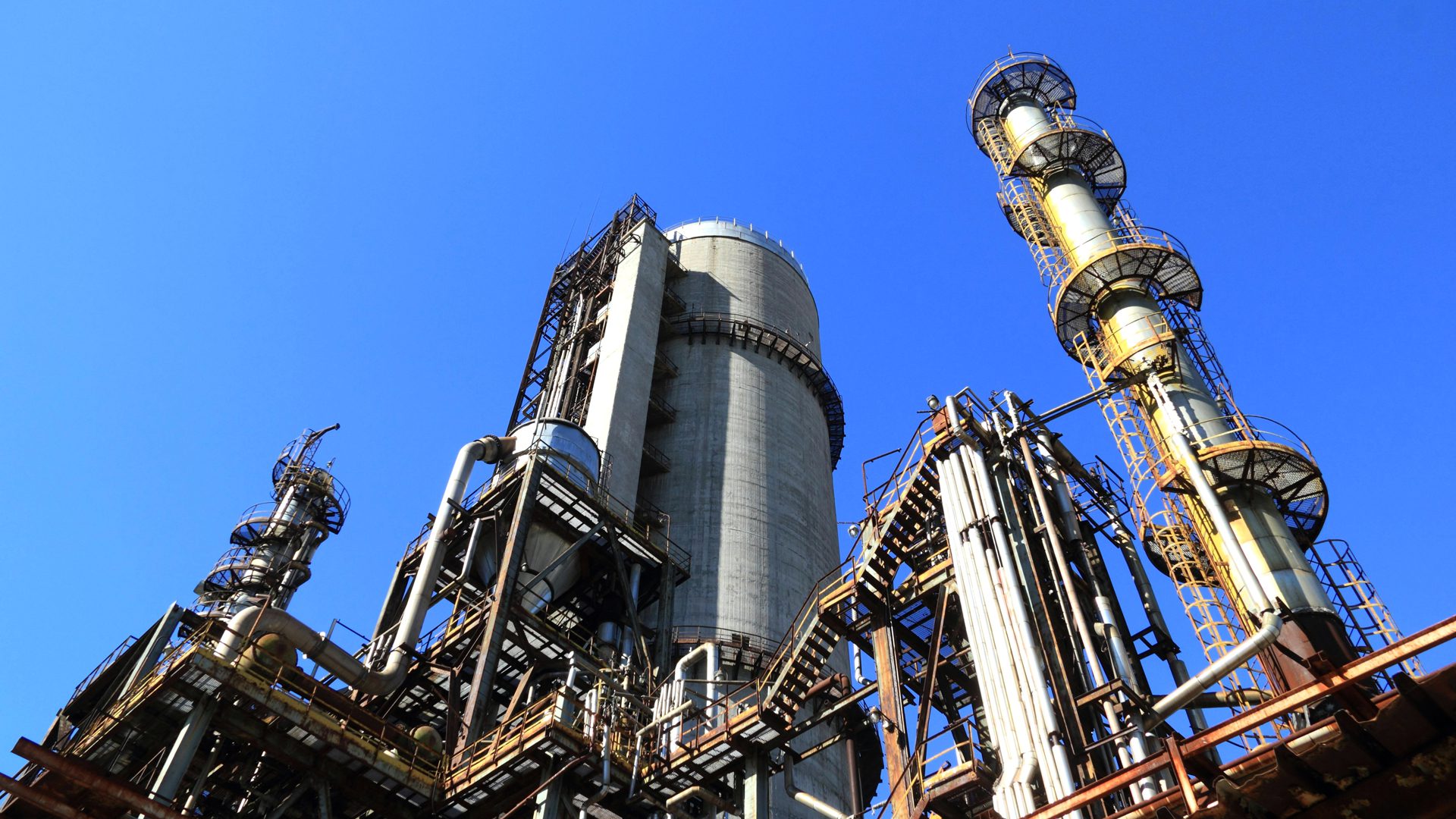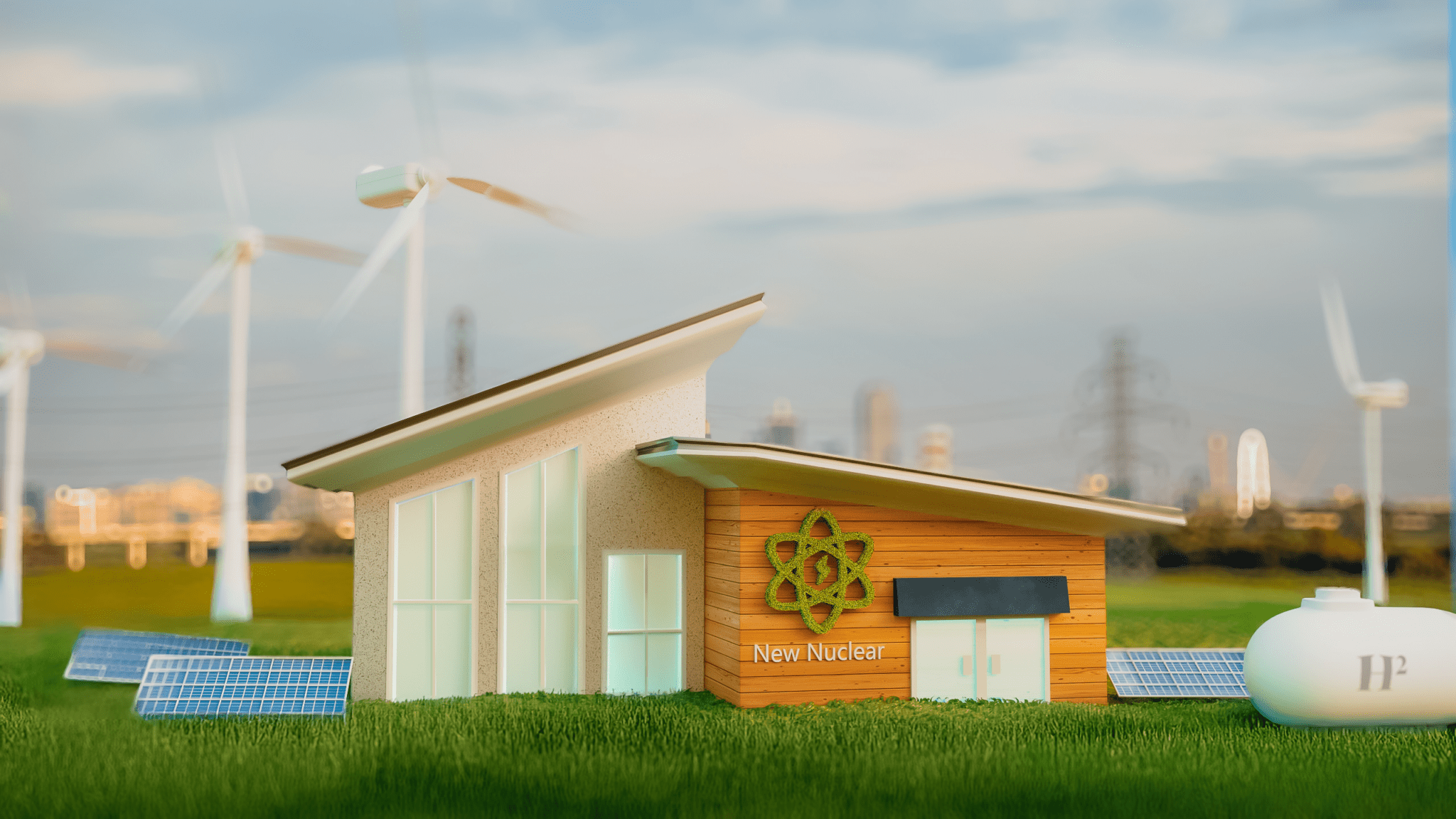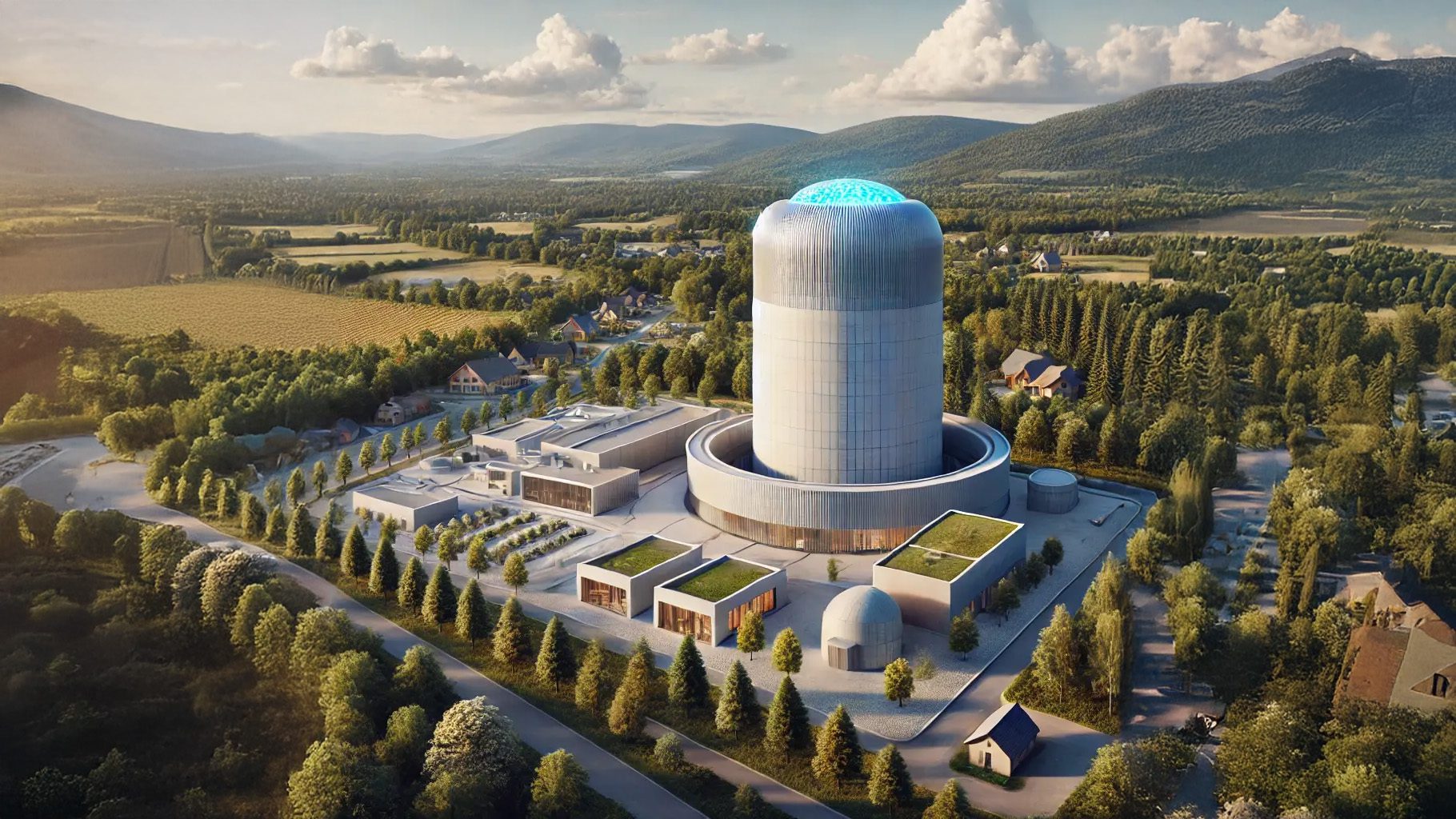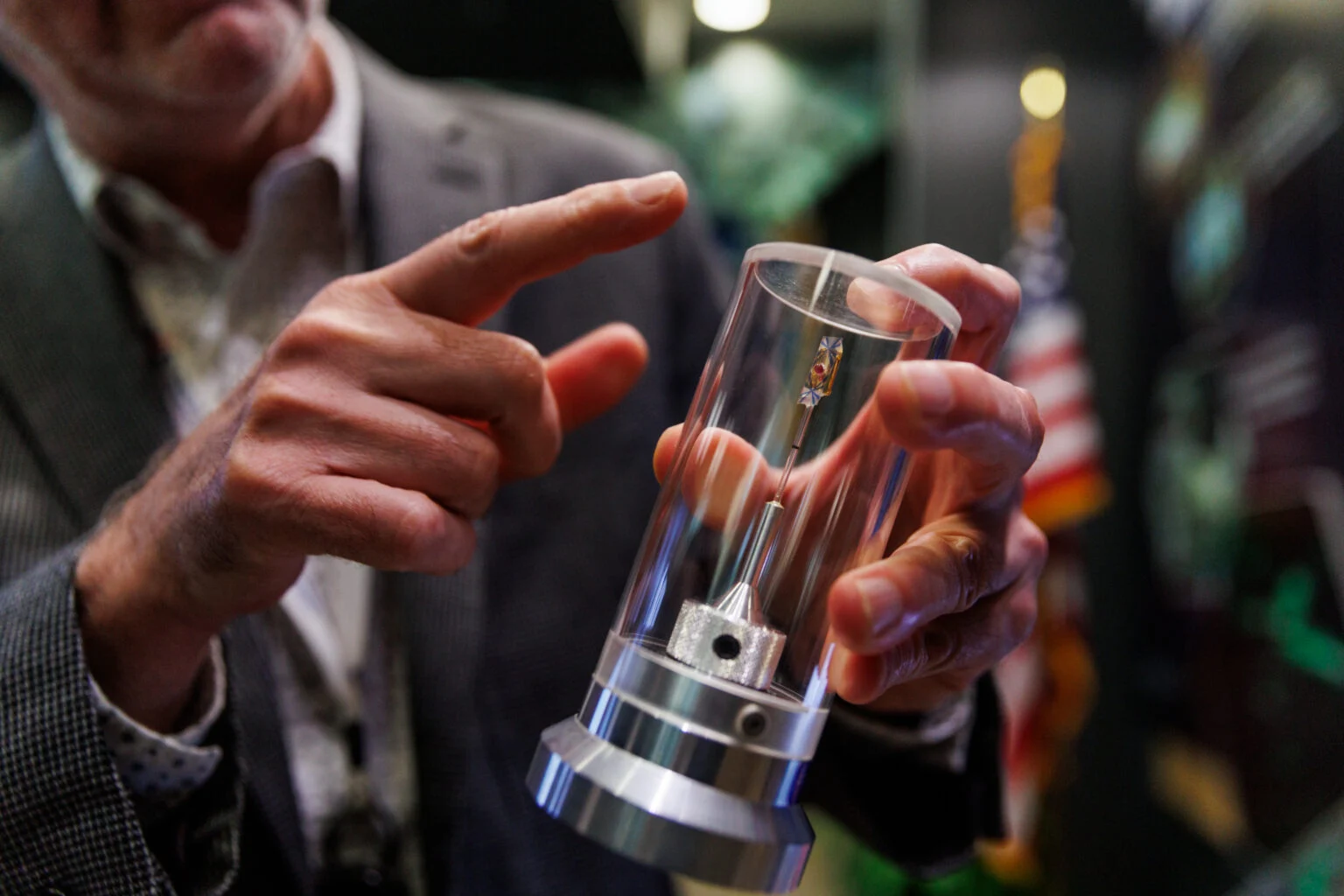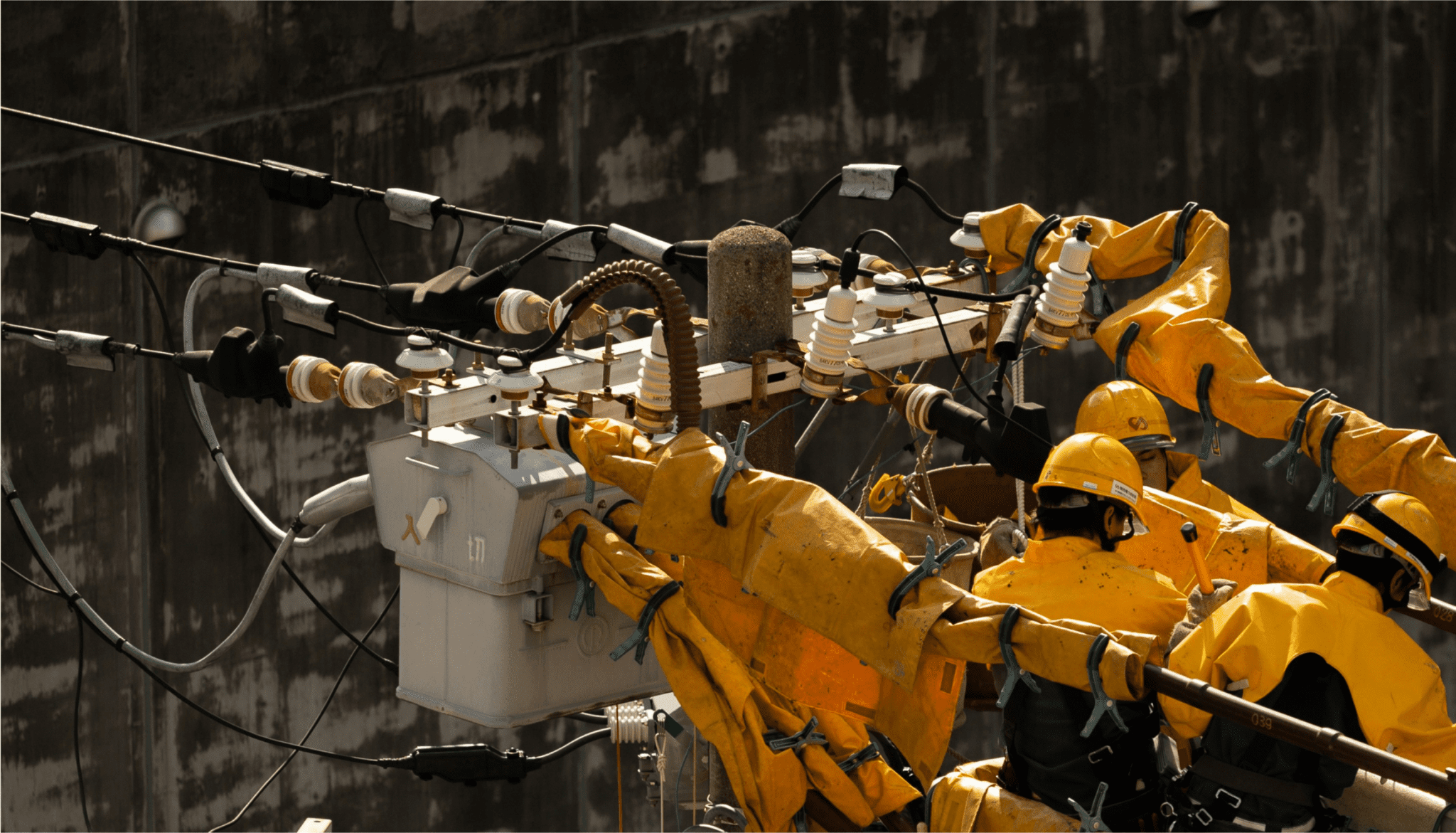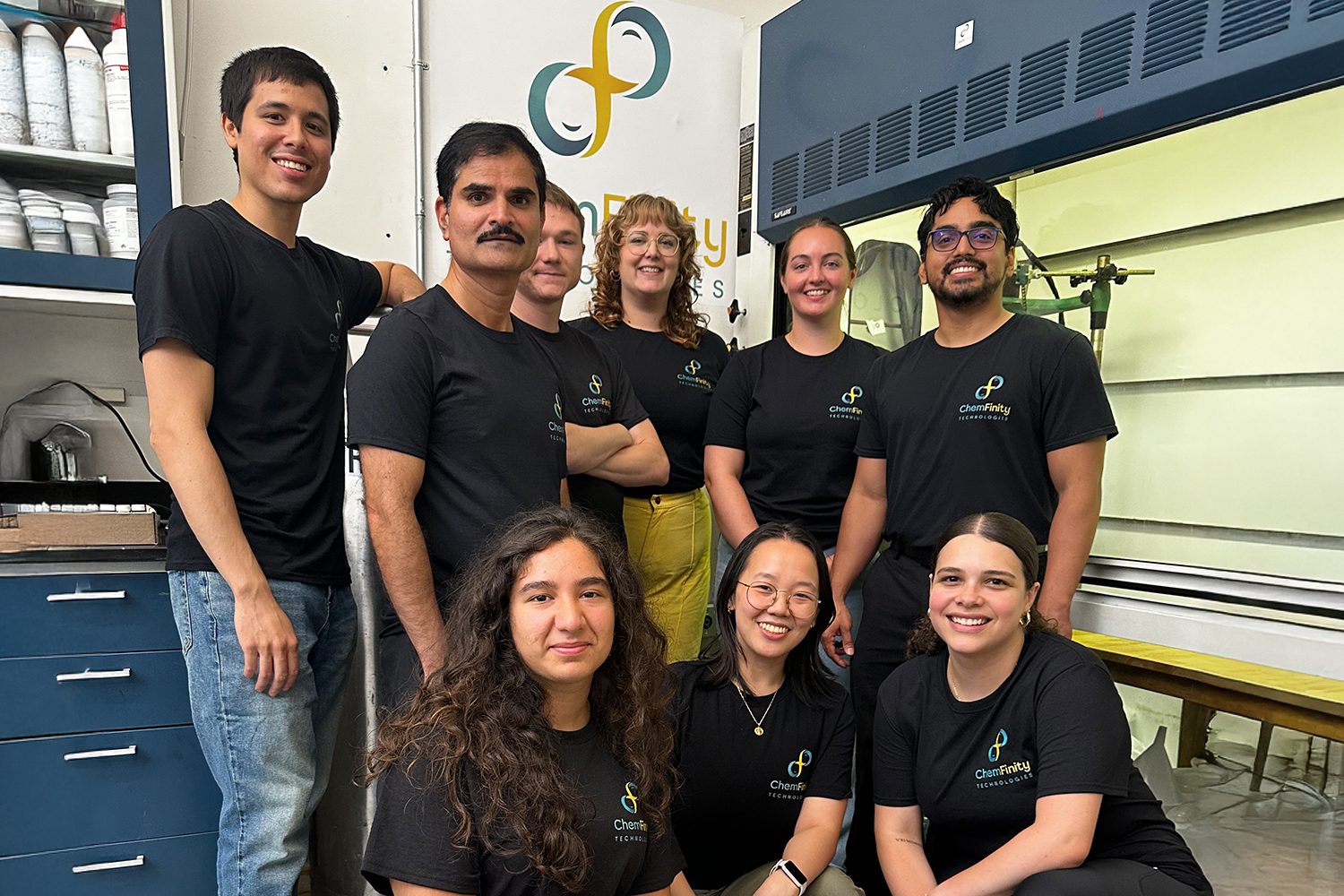At COP28 in Dubai, 25 nations pledged to triple nuclear power by 2050, and with good reason. The vast majority of decarbonization scenarios modeled show we’ll need at least 20% clean firm electricity—dispatchable power that’s available 24 hours a day, seven days a week, 365 days a year. A Department of Energy (DOE) report suggests tripling nuclear power is doable, but only if we accelerate the deployment of advanced fission technologies now.
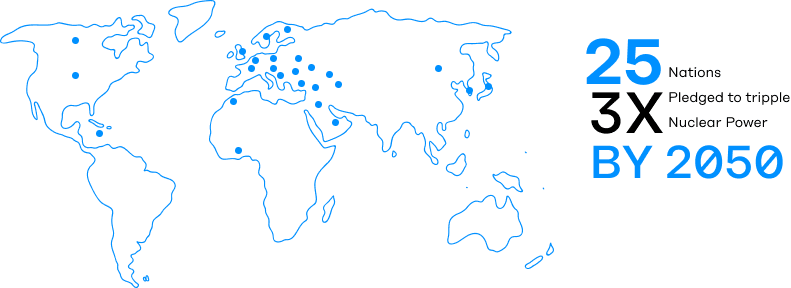
The nation faces a pivotal moment for advanced fission technologies, which we’ll call “new nuclear.” New nuclear is essential not only to meet rising demand for clean electricity, but also to achieve critical economic, national security, and energy security goals.
There’s a lot to be excited about, including the passage of the ADVANCE Act, the Nuclear Fuel Security Act, and the Prohibiting Russian Uranium Imports Act. Not to mention funding for uranium fuel production and loan and tax incentives from the Inflation Reduction Act. Capital markets are getting in on the action, too—14 global banks just announced their support for the tripling goal as well.
However, serious challenges remain to getting these novel sources of clean power online. In this post, I’ll outline four of these barriers and what we can do to overcome them.

1. The nuclear regulatory process needs a revamp
The Challenge
Historically, nuclear projects faced lengthy, expensive, and complex licensing processes. While it’s important to regulate reactor safety, today’s outdated model reduces the efficiency of the regulatory process and delays new reactors. This raises costs for innovators and makes it difficult to deploy clean, reliable electricity.
Our Solution
We should make it more efficient to license and regulate nuclear projects safely.
The U.S. Nuclear Regulatory Commission (NRC) has a long history of licensing safe nuclear reactors. They are the gold standard of the world’s nuclear regulatory agencies. To get ready for a new wave of nuclear technologies, the NRC should:
- Expeditiously implement the bipartisan ADVANCE Act to reduce costs for nuclear innovators and establish a streamlined regulatory pathway;
- Finalize the NRC’s new licensing framework for new nuclear reactors; and
- Prepare to manage high volumes of nuclear licensing applications.
2. To fund new projects, we need to creatively address financial risks
The Challenge
Building a nuclear power plant requires billions in upfront investment and it can often be years behind schedule and over budget. Investors simply can’t take on this level of risk without certainty of future demand, and utilities can’t pass those costs onto consumers.
Our Solution
We should explore creative ways to share financial risks between public and private sectors.
The big-picture goal here is to encourage innovation in financing and collaboration to minimize risk. By sharing the risk of potential cost overruns and schedule delays and utilizing creative financing, we’d enhance project management, resolve workforce challenges, and create an iterative feedback loop for future projects. There are many approaches to doing this.
One option is for DOE’s Under Secretary for Infrastructure to streamline the pathway between demonstration and deployment for large-scale projects. Applying for federal funding—a loan from the Loan Programs Office (LPO), for example—can be arduous and complex. Starting conversations early with young companies—including projects in the DOE pipeline—about what it takes to be a successful applicant can help them navigate federal requirements and avoid lengthy delays.
Congress can also make it easier to access public funding. For instance, LPO should have more flexibility in allocating credit subsidies and broaden its investment portfolio to include technologies with high long-term return potential. This would attract private investors and signal strong demand for new technologies—something the private sector alone struggles to achieve.
DOE could even repurpose funds from programs no longer in use to unlock additional support. For example, the Civil Nuclear Credit Program could be reallocated to the two large-scale demonstration reactors under the Advanced Reactor Demonstrations Project, which focuses on new nuclear power and high-temperature industrial heat in Wyoming and Texas. (Note: TerraPower would benefit from this move. Bill Gates, who founded Breakthrough Energy, is also a founder of TerraPower.)
3. We’re missing a reliable, domestic fuel supply chain

The Challenge
Many new nuclear reactors require fuel with a higher concentration of uranium that is currently produced only in Russia. To meet our net-zero goals, we will need more than 40 metric tons of High-Assay Low-Enriched Uranium (HALEU) by 2030, and significantly more in the years that follow.
Our Solution
We must rapidly build a robust domestic supply chain of HALEU and bolster our energy independence.
Thankfully, the U.S. has already gotten started by passing two bipartisan bills to address this challenge. The Nuclear Fuel Security Act accelerates efforts to build out our own supply chain and the Prohibiting Russian Uranium Imports Act bans imports of Russian fuel. Congress also provided more than $3 billion over the last few years for nuclear fuel. Now, we must turn to implementation. Government, uranium producers, and industry must work together to ensure these measures align with deployment timelines. We should also work with our allies in the Sapporo 5, who are also developing their own fuel supply chains.
4. It’s time to cement U.S. leadership in nuclear energy globally
The Challenge
China and Russia are pouring significant resources into developing and exporting innovative nuclear projects around the world. Their competitive state-owned financing packages and diplomatic relationships underscore the importance of competing on the world stage and enhancing our national security.
Our Solution
We should make it easier for the U.S. to export and finance nuclear technologies abroad.
As a world leader, the U.S. can facilitate international cooperation and financing to export nuclear technologies and ensure affordable clean firm power across the globe.
What can we do? First, the executive branch should continue to prioritize a whole-of-government effort to enable the export of nuclear power. Second, Congress should mandate collaboration, financing, and capacity building between U.S. development agencies and institutions to fund nuclear projects abroad. (This includes but is not limited to the State Department, the U.S. Development Finance Corporation, the World Bank, EXIM Bank, the Department of Energy, and the Department of Commerce.)
A generational opportunity
A generation ago, the Manhattan Project opened the door to a civil nuclear power industry that has led to over 400 nuclear plants across the globe today, making nuclear the second-largest source of our world’s clean electricity. Today, we have another defining opportunity to chart nuclear fission’s future.
We must deploy as much new nuclear technology as possible. As the industry builds and scales new nuclear reactors, they will get less expensive over time. The good news is that we know what the challenges and opportunities are and have a real shot at addressing them if we work together. Let’s ignite the next generation of nuclear technologies and grow the number of nuclear reactors to meet the task ahead.
